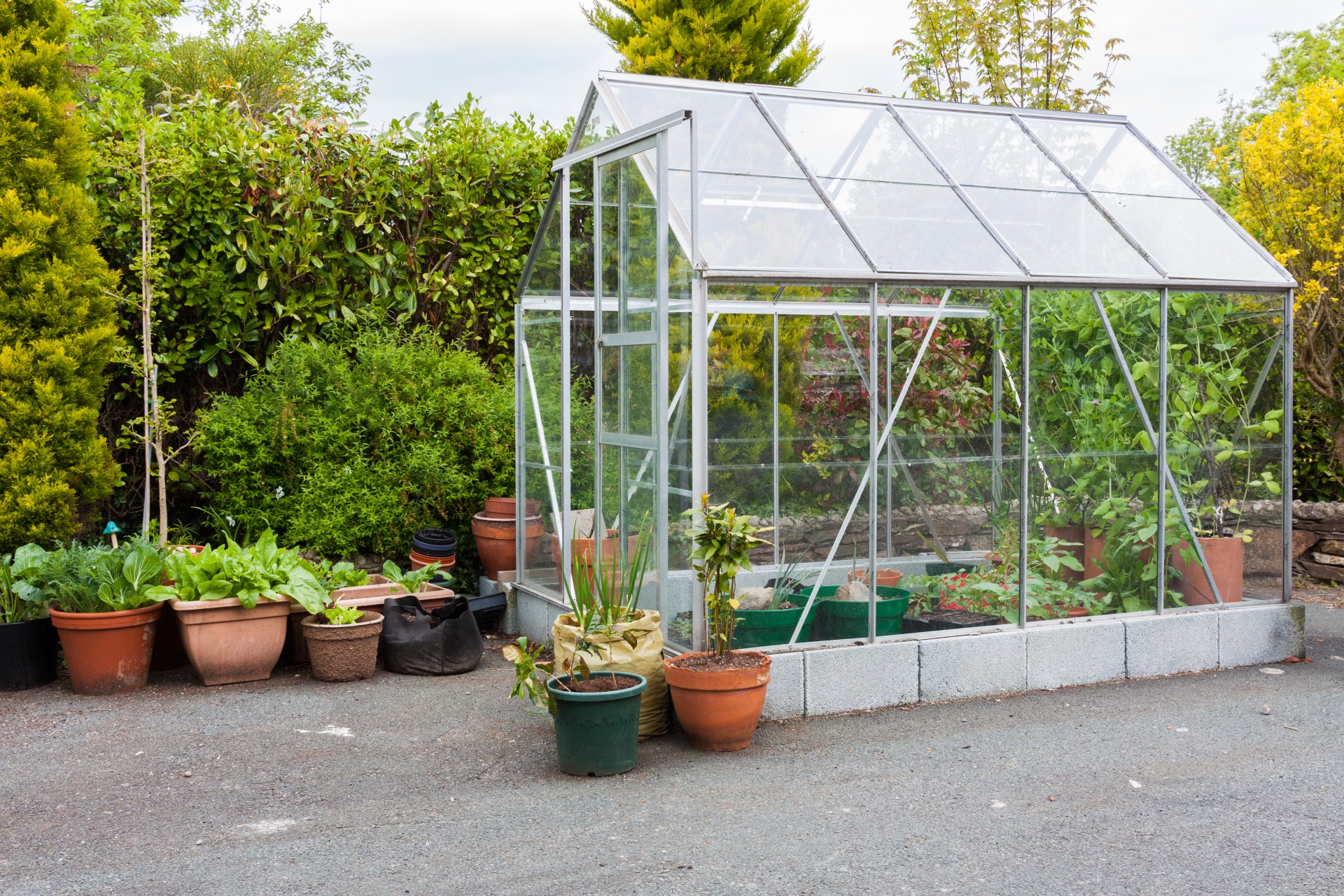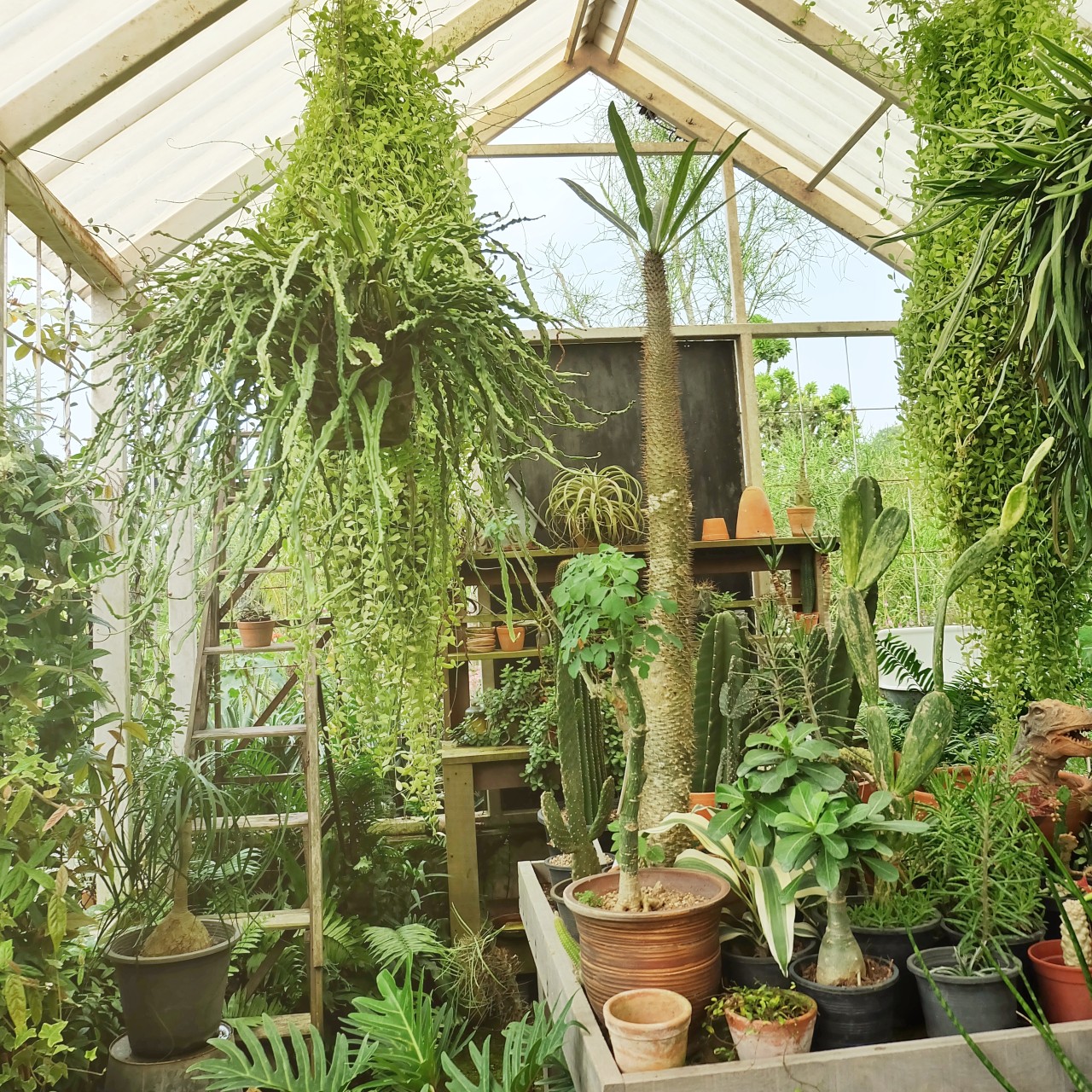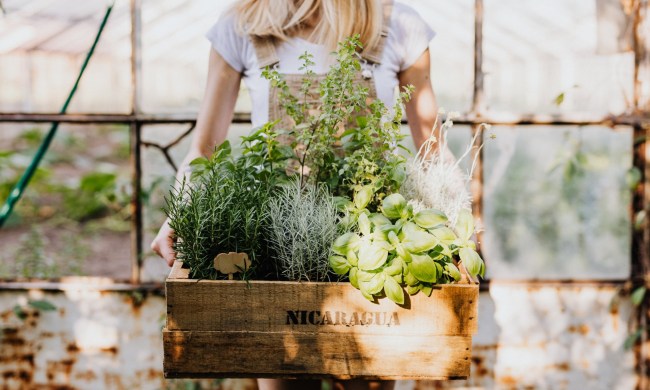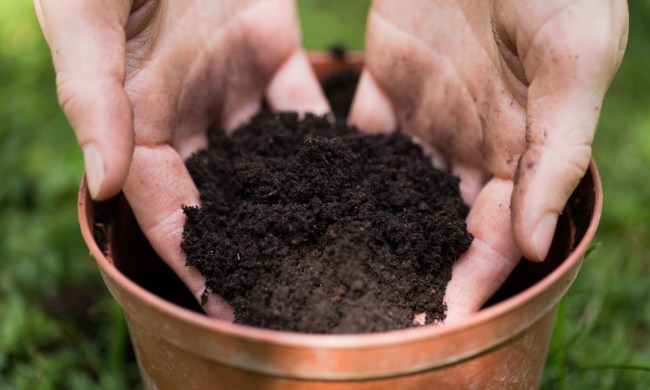Having a greenhouse can revolutionize your gardening, allowing you to improve your productivity more than outdoor gardening. With a greenhouse, you have guaranteed permanent conditions from year to year, without dependence on external climatic conditions. However, the construction of a greenhouse does not guarantee uninterrupted growth of plants. Appropriate measures are needed to ensure optimal conditions, as greenhouse bugs may find their way into any gardener’s greenhouse at any time of the year if the gardener doesn’t stay alert.
For your knowledge, these are the names of common greenhouse pests that you will probably find in your greenhouse: Aphids, flies, bloodworms, fungus gnats, thrips, mites, caterpillars, snails, and slugs. Now that you know some of the different types of insects and pests that may have settled in your greenhouse, it’s time to learn how to prevent and/or eliminate them from staying there.
Do greenhouses prevent pests?

In a word, no. The greenhouse house can’t resist these greenhouse pests on its own. The gardener has to be up and about in keeping them out. To prevent a complete epidemic of pests, it is necessary to monitor the plants carefully. Destroy eggs, larvae, or insects that you suspect are harmful to your greenhouse garden. You can consider the treatment of a specific plant separately. This prevents pests from smoothly moving to another plant during treatment.
Please do not sit back because once a pest infestation occurs, it will take a long time before you get rid of a whole colony, since the greenhouse environment provides an excellent breeding ground for these proverbial creatures.
Here are some credible practices you can keep up with to ensure that there are no invaders in your greenhouse. Just like you clean every other room in your house, you should have a cleaning routine for your greenhouse. In the summer, you can move all the plants and garden tools from the greenhouse so that the cleaning tasks can be completed. Clean the walls and floor with warm water and cleaning solution. Pay special attention to the corners and cracks, as these are the likely places where pests lay eggs.
How can you kill pests in a greenhouse but not plants?
If the environment in your greenhouse is always warm and pleasant, pests will love it. The good thing is that you can freeze your greenhouse during the winter season, as cold temperatures are the best way to kill or get rid of most pests. Before you do this, make sure you have an alternative deposit for your plants. It can be your warehouse, mini garden, or you can freeze them in a greenhouse. This is because pests and their eggs can hide in plants.
If you have chosen greenhouse plants that can grow without the optimal conditions for growing in one, they should be frozen in the greenhouse. However, you should pay special attention to their growth.
Sterilization of garden and soil tools
Before you move any gardening tools to your greenhouse, be sure to sterilize them properly. Instead of using regular garden soil, you should choose a mixture of sterilized pots, which is usually free of pests. As for your gardening tools, bleach them in a cleaning solution. You have to be very thorough when it comes to cleaning your garden tools. Most often, you are only to blame for your greenhouse being attacked by pests because it is you who shows the pests where your treasures are.
Scale down on bright colors
Bright colors attract insects, such as pink, yellow, or red. Whenever you approach your greenhouse, try not to use or show bright colors that can attract unwanted insects. The only appearance of bright colors inside and around your greenhouse should come from the flowers if any.
Are there healthy bugs for greenhouse plants?
Consider using beneficial insects in your greenhouse. These predatory bugs feed on pests in their greenhouse in a short time. Some of the beneficial bugs you can observe are ladybugs, mantids, and green lacewings. You can pick them up at your local gardening store or even order them online. This method is not only organic but will also save a lot of time and effort if you try to collect harmful pests while gardening in a greenhouse.
Should you use pesticides in a greenhouse?

The purpose of using pesticides in a greenhouse is to get pests under control without endangering people’s lives, including greenhouse workers or customers, and without it damaging plants. Therefore, it is essential because it maximizes pesticide exposure to target pests on infected plants and minimizes human exposure to such chemicals.
Pests are one of the biggest threats to plants in a greenhouse. If they were not controlled, greenhouse pests would be more devastating than a similar invasion of an outdoor garden. Since the environment is closed, pests focus on a smaller area and therefore have fewer plants to attack than in an outdoor garden, where there are no physical barriers. For a greenhouse to be suitable for its purpose, pest control should be at the top of your list.
Now that you know how to send pests packing and prevent infestations in your greenhouse garden, it is up to you to make sure that you maintain a clean greenhouse by following these basic principles, thereby keeping pests away from your dear plants.


